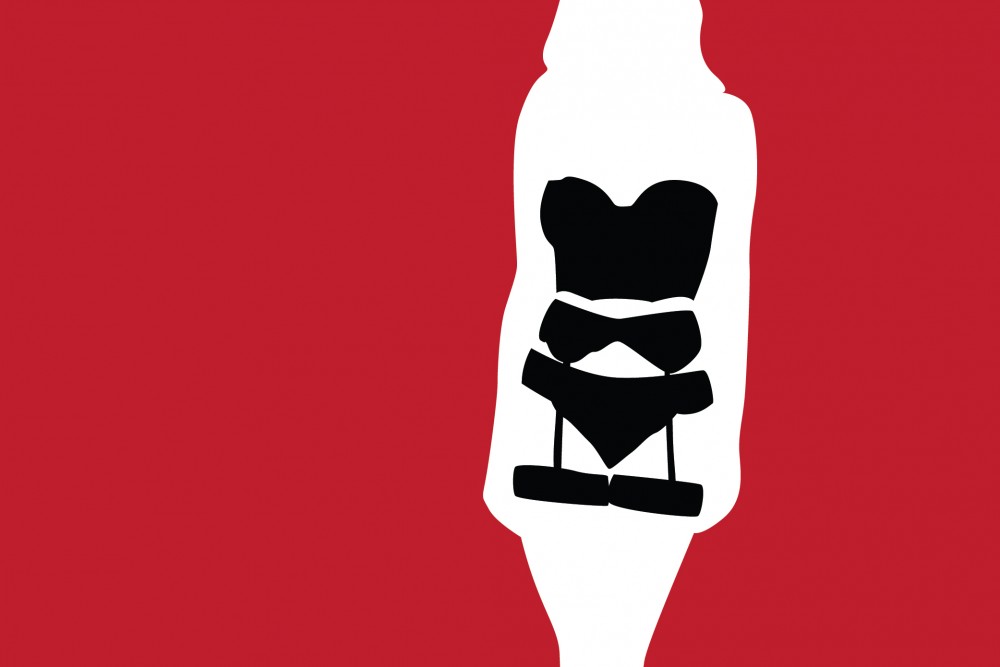Indie films fight for air
Before he was being paid millions of dollars to dry-hump hobbits, Peter Jackson made a small film, a love story about a woman, a man and his zombie mother. Made for just three million dollars, “Dead Alive” featured more than 300 liters of blood, a body count of more than 40, and some of the best lawn mower-on-zombie gore ever put onto celluloid. It was a far cry from the candy canes and lollipops of Jackson’s Middle Earth and, thanks to the fine people at Clinton Street Theater, I was finally able to see it on the big screen one hot summer a couple of years ago.
In the light of the independent film explosion, a lot of questions have been raised recently about the current state of indie-cinema. Has there been a loss of integrity at the hands of big studios and distributors, or a loss of variety spawned by a glut of revival showings at standby independent theaters? Is cinema actually suffering at the hands of its own accomplishments?
By the end of the 1960s, a financially suffering Hollywood looked to the success of American and French directors making highly personal and critically-commended films and embraced smaller, more intimate, and difficult movies. The result was what many feel is the golden age of American film.
What we now consider independent film may have been born from the likes of Godard and Cassavetes,
but it actually flourished after the time of Hollywood films such as “Mean Streets,” “The Graduate,” “Five Easy Pieces” and “The Godfather.” These films defined the new wave of American cinema and Robert Altman, Woody Allen, Martin Scorsese, Francis Ford Coppola and John Frankenheimer were its gods.
Hollywood was winning awards not through grandiose gestures, but through honest, gritty and driven filmmaking. But, with the runaway success of “Jaws” and “Star Wars,” the summer blockbuster was born. By the end of the 1970s money again became the focus of the Hollywood machine.
By the late ’80s, disillusioned by the girth of the studio system, independent filmmakers again found their way to the forefront. Directors like Hal Hartley, Joel and Ethan Coen, Quentin Tarantino, Gus Van Sant and Jim Jarmusch again found an audience making films on shoestring budgets that were driven by idea and character instead of explosions and melodrama. And as the audience grew, so did the budget.
By the millennium, what were once art house films were in “independent driven” corporate cineplexes, and what were once tiny production companies became the extension of major Hollywood studios.
Does this affect the integrity of “independent” film? Can a director make films that are unflinching and honest when there are stockholders and executives to please? Young filmmakers like Wes Anderson, Sofia Coppola and Spike Jonze answer with a resounding “yes,” by making such masterpieces as “Being John Malkovich,” “The Royal Tenenbaums,” and this year’s hit “Lost in Translation,” all made within the Hollywood system.
But where does that leave the true indies? How are the films made for the love of film, with money from the filmmaker’s own pocket going to find their way to audiences when distributors are getting jammed by Hollywood-funded films? And when Century and Regal, two of the biggest theater chains in the country, open up “indie-plexes,” how will actual independent and neighborhood theaters survive?
For one, a lot of them won’t survive. For those that do, it leaves them showing a lot more of the classics. As independent cinema becomes bigger, business and finds its way into corporate hands, smaller neighborhood theaters are becoming more and more dependent on revival films and nostalgic hits to bring audiences out of the rain.
Cinema 21 in Northwest Portland is the old guard of Portland’s independent film. Traditionally, the first to get the hits, Cinema 21 has consistently shown the best new independent film from around the globe, as well as classic revivals from some of the best directors in film’s history. Whether it’s a new print of Sam Peckinpah’s 1969 western blood-fest “The Wild Bunch” or indie-fave “Y Tu Mama Tambien,” Cinema 21 had it first.
As well, Clinton Street Theater, one of the oldest operating movie houses in the country, has made a success of combining obscure classics and new indies for years now. It brings in everything from Japanese cult to U.S. films that fly under the radar to campy Hollywood classics in a combination not so much based in formula but in good (or bad) taste.
Despite what you may hear, revival and second run movies aren’t limiting the screen time given to actual independent films, but rather keeping quality alive in the face of ongoing corporate homogenization. It’s no fault of local theatres that you’re stuck at Pioneer Place with four screens of “art” films featuring Nicole Kidman’s pointy-looking rat-face. And sure, you can rent “Fast Times At Ridgemont High” or “400 Blows” anywhere, but I’d rather sit back and enjoy Sean Penn’s performance as Spicoli with the fine people at Clinton Street than spend one cent at the Fox Tower to see him pork up the screen in “21 Grams.”



